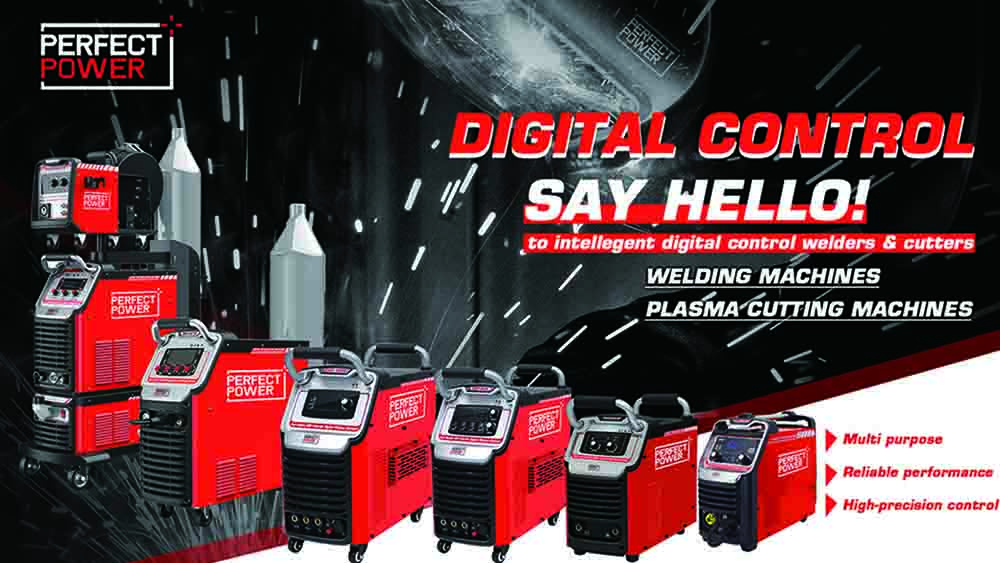
The Importance of Testing Your Auto-Darkening Welding Helmet for Safety. As the saying goes, safety should always come first. When it comes to welding, wearing a helmet is essential to protect yourself from the intense heat and harmful ultraviolet light that can cause serious injuries if safety standards are not followed.
Did you know that even the helmet designed to protect you can potentially harm your eyesight and overall health? That’s why it’s crucial to test your auto-darkening welding helmet to ensure that it’s in good condition.
With so many options available in the market, choosing the right auto-darkening welding helmet can be a daunting task.
Testing Your Auto-Darkening Welding Helmet: 7 Steps
Auto-darkening welding helmets are designed to protect welders from intense heat and harmful ultraviolet light, but they can only do so if they function properly. To ensure your helmet is in good shape and provides adequate protection, follow these seven steps:
Step 1: Sensitivity and Delay Control Test
Check if your helmet has sensitivity and delay controls, which are critical settings for auto-darkening helmets. Adjust the settings and observe any changes to ensure the helmet responds appropriately.
Step 2: Clarity Test
Wear the helmet and check for optical clarity by looking through the lens. Strike an arc if possible to confirm the helmet’s clarity.
Step 3: Auto-Darkening Filter Test
Test the auto-darkening filter (ADF) using one of the methods mentioned above. Ensure it limits the amount of light allowed to pass through the lens and automatically adjusts the shades for maximum protection.
Step 4: Safety Test
Ensure your auto-darkening helmet meets the ANSI Z87.1-2003 safety standards. Confirm this by checking the helmet’s certification details or asking the store where you bought it. A good helmet should also provide complete UV and IR protection, have an infrared filter, be impact-resistant, and withstand temperatures between 23-130 degrees Fahrenheit.
Step 5: Lens Test
Test the lens reaction time by using different test methods to confirm the switching speed. The ideal reaction time is 1/2500th of a second, and a delayed reaction time can expose you to the risk of getting injuries from sparks. Ensure the lens reacts quickly and uniformly to changes in light intensity or spark size.
Step 6: Power Test
Check the power source of your helmet. For solar helmets, confirm if the solar panel is charging when exposed to daylight. For helmets with batteries, ensure they come with a warranty card and check for any defects.
Step 7: Grind Mode Test
Activate the grind mode switch or button to confirm if it works. Remember to switch off grind mode when welding and use the auto-darkening shade lens for protection.



